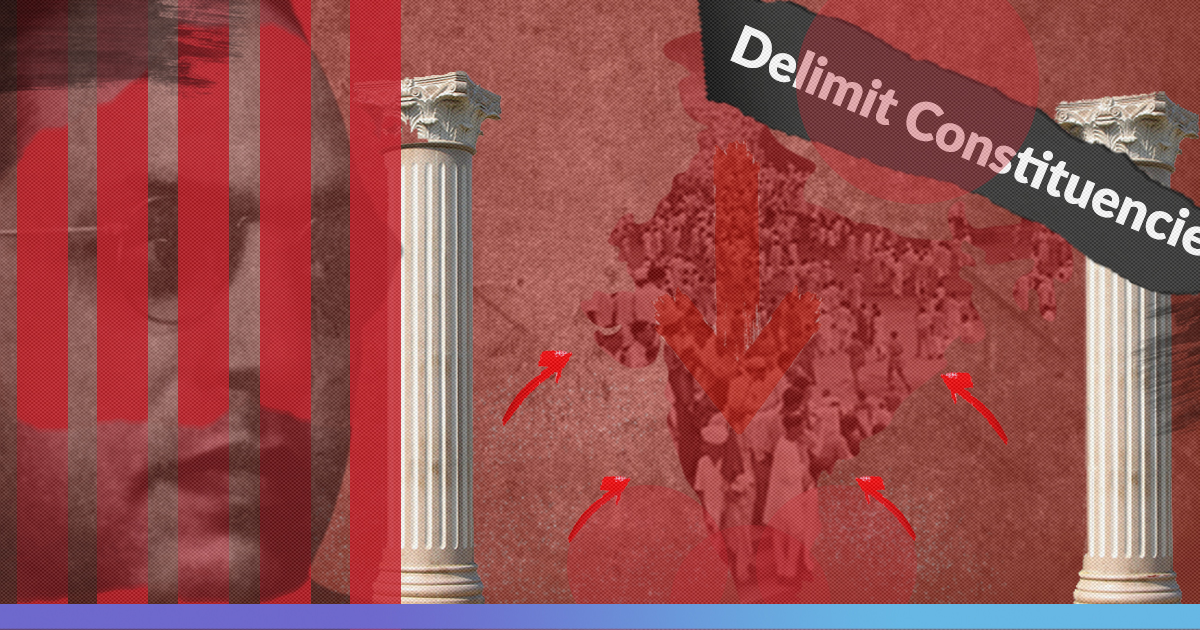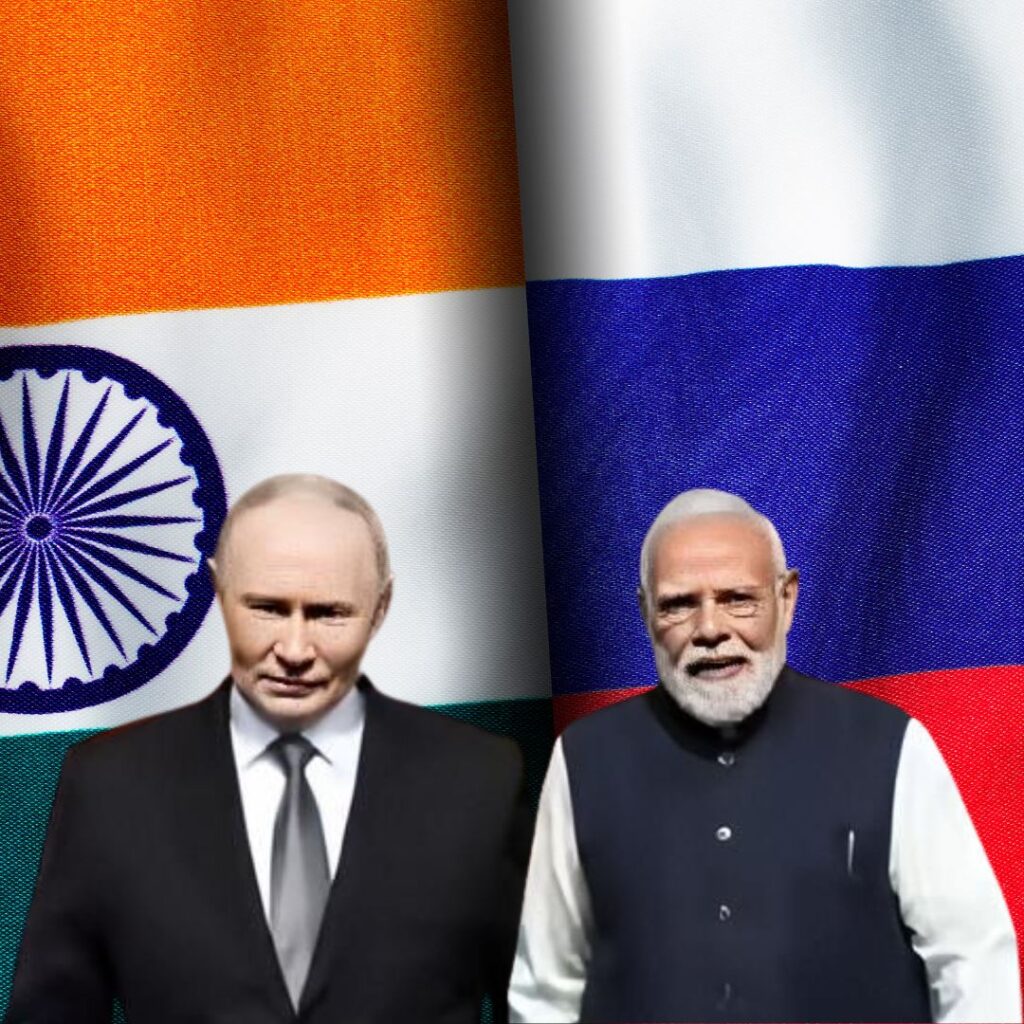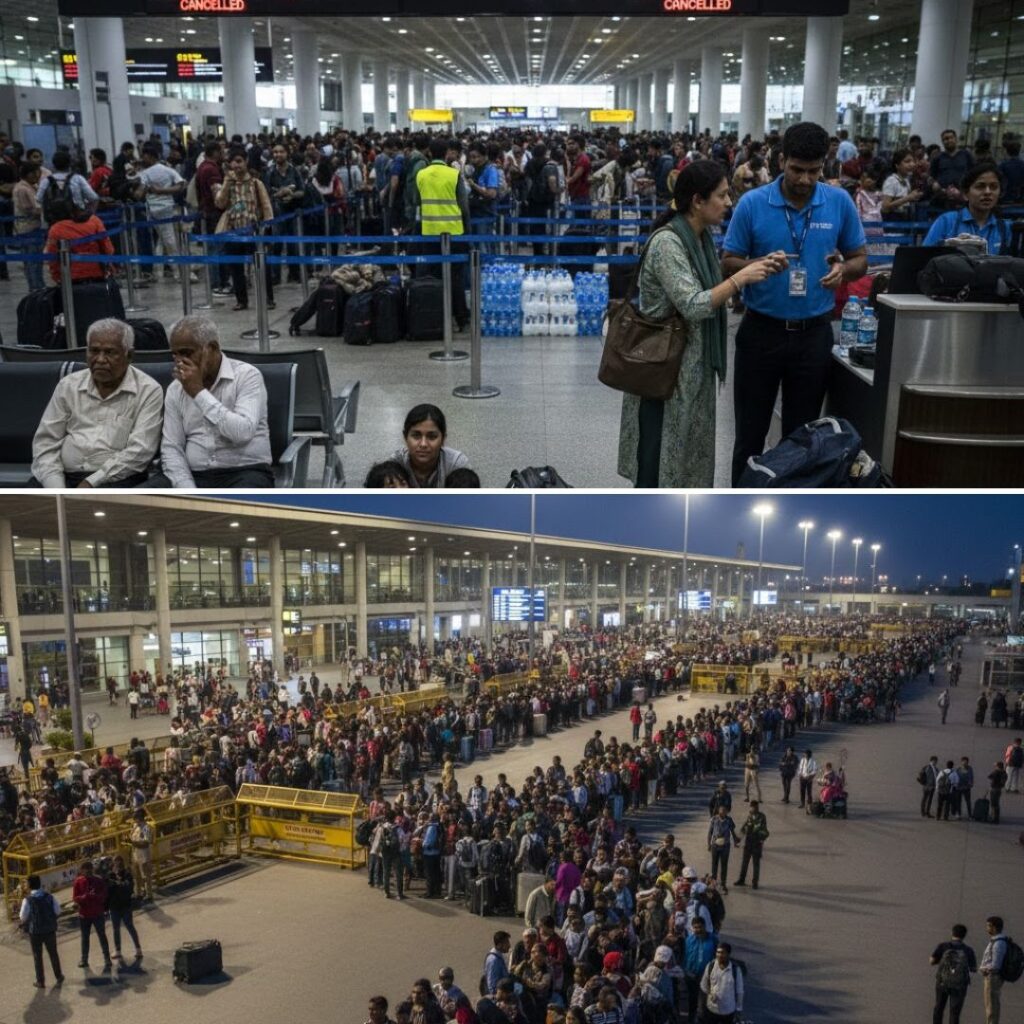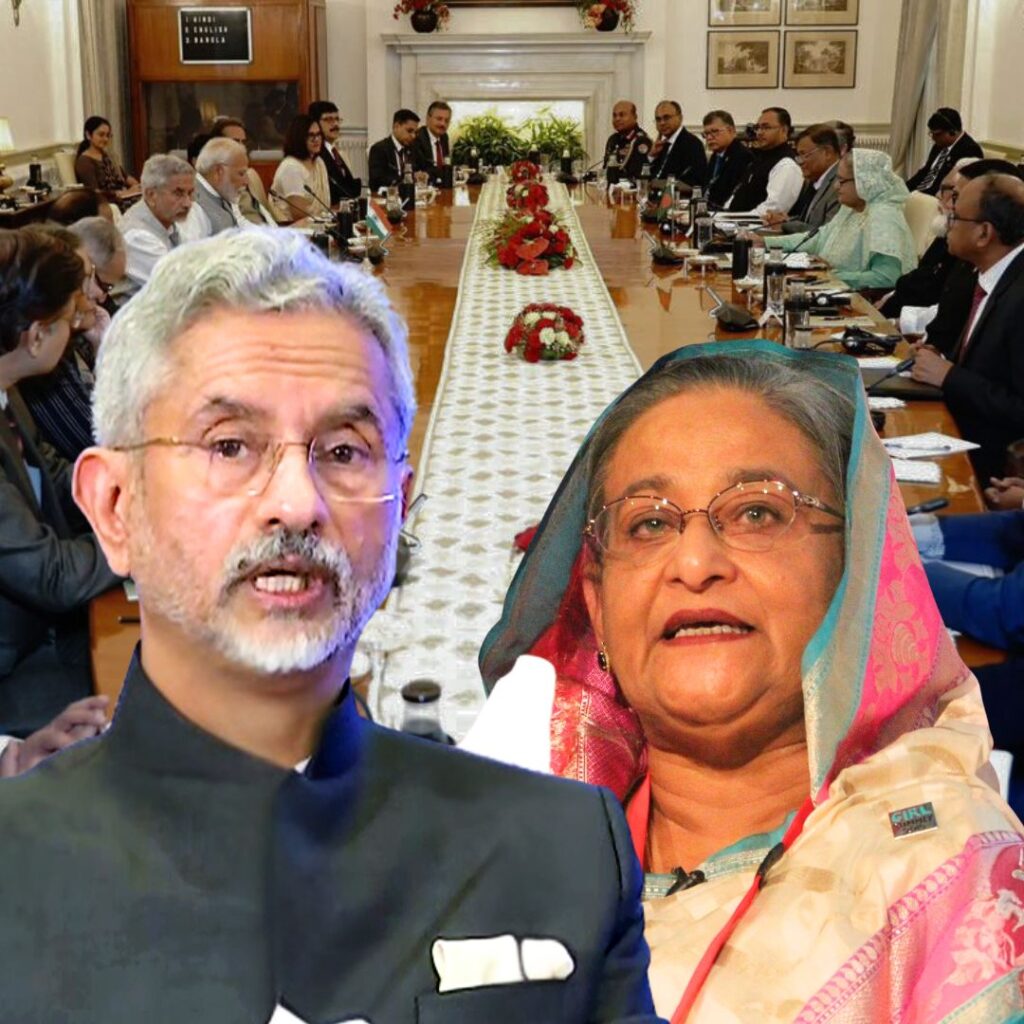According to the World Bank data, the total population of India stands at 133.92 crores as of 2017 and they are represented by only 543 men/women in parliament. On average, for 24,66,298 people India has one representative in the Parliament.
The parliamentary election in India is held once in a five year. Now, considering the number of people each parliamentarian represents, a representative will have to meet about 1,350 people every day to address their individual issues. This essentially means that you, as a voter, get just over 1 minute of your representative’s time in the entire five years, given that your leader works 24*7 for 365 days.
In a country like India, where the population is perpetually rising, it is essential to keep updating or delimiting boundaries to ensure adequate representation of people in the Parliament. In the past, Delimitation Commissions have been constituted four times – in 1952, 1962, 1973, 2002 under the Delimitation Act.
In India, constituencies have been redrawn based on the most recent data available on population – keeping the total number of members constant. The idea of changing boundaries of constituencies was to have each member of Parliament (MP) represent roughly an equal number of voters.
After a disproportionate rise in population during the 1970s, the representation of people in the Parliament was getting skewed. The Indian Parliament, in 1976, passed an amendment to freeze all delimitation, as per the 1971 census, up to the census of 2001. In 2000, another constitutional amendment further postponed the process of delamination to 2026.
It’s about time that the government finds a way to delimit constituencies so that people across India get more appropriate representation in the Parliament.
Also Read: Human Population Consumed A Year’s Worth Of Earth’s Natural Resources In 7 Months, Sets Record











